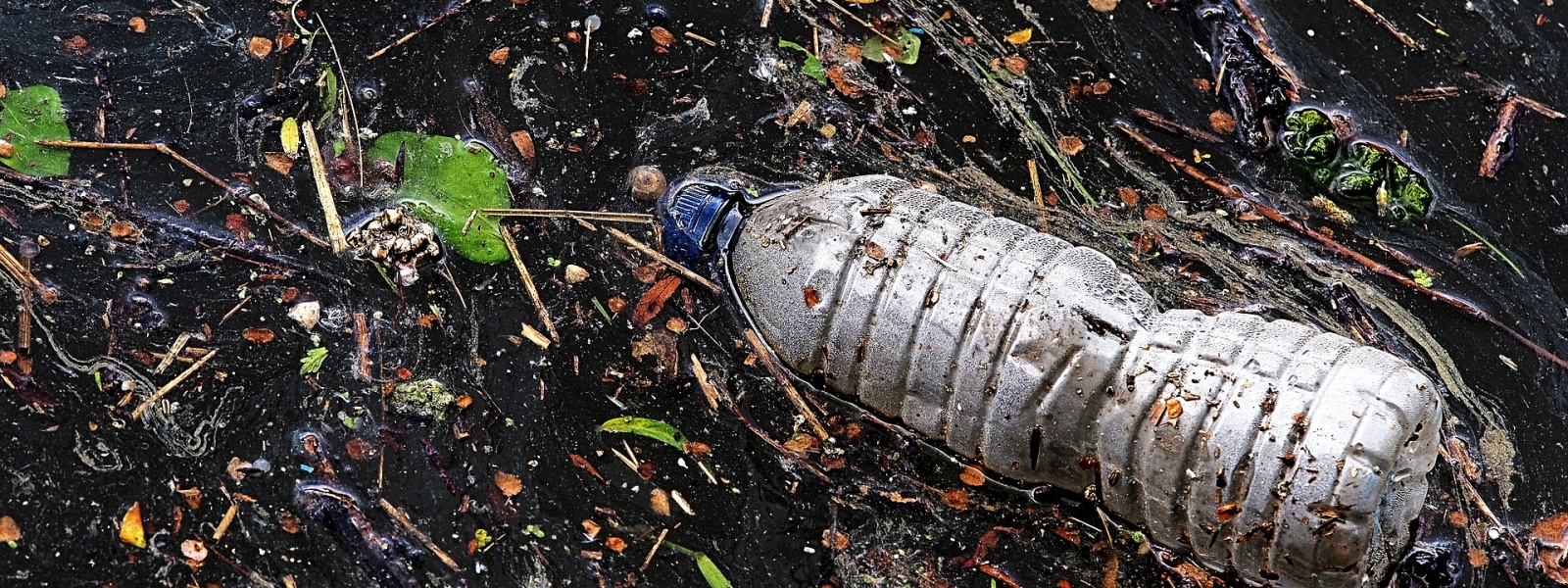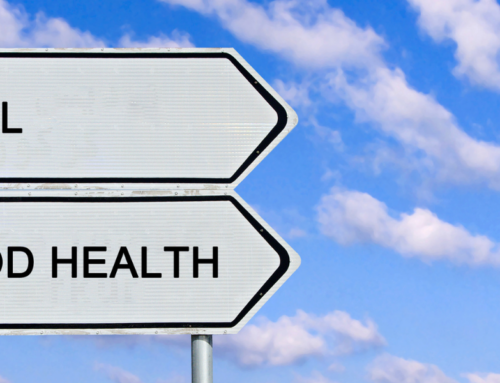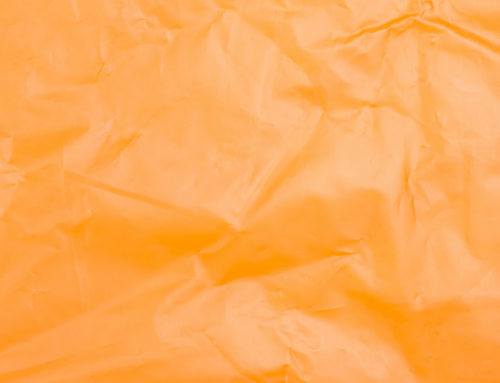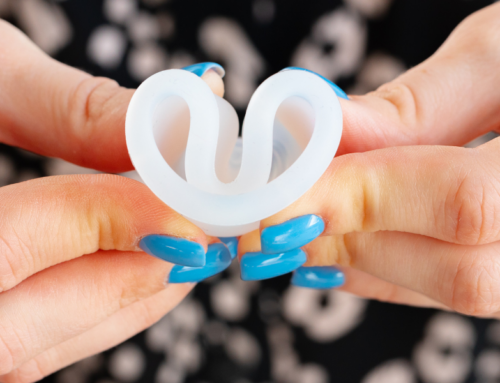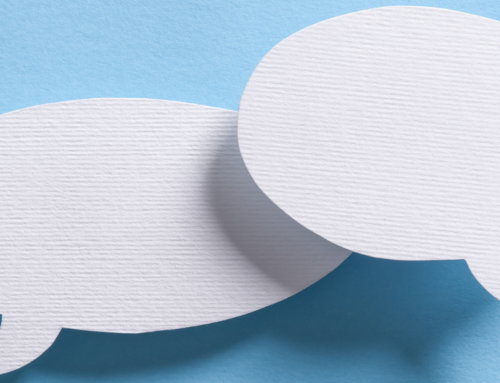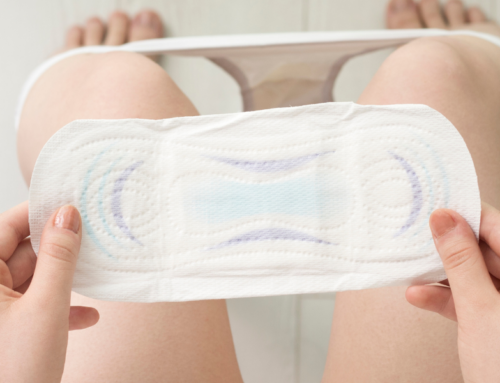Today is International Coastal Cleanup Day!
This day aims to encourage people to get rid of the garbage on beaches and raise awareness of the importance of protecting the world’s oceans and waterways.
On this note, let us share with you some tips on how to lessen coastal pollution.
Joining coastal cleanup drives
For many years, our country has been affected by problems concerning coastal pollution. It is so bad that really huge cleanup drives need to be organized in order to remove a lot of waste from some of our oceans, just like what we did with Manila Bay.

Of course, doing it once a year is not enough considering the gravity of our coastal pollution problem here in the Philippines. And this is why we encourage more people to participate in coastal cleanup drives, even after today’s celebration. Clearly, there is still a lot of work to be done.
Avoid single-use plastics
The Philippines remains to be among the top contributors to ocean plastic. That’s pretty alarming, so it just makes sense that we do something about the problem.
And, of course, the best way to do it is by avoiding single-use plastics as much as we could.

Bringing reusables would greatly help. Imagine, by bringing a reusable cup and a set of reusable utensils, one could already avoid producing a considerably huge amount of plastic waste. The same goes for eco-bags which have greatly transformed the way people shop.
Disposing of trash and recycling properly
Sure, there are really instances when single-use plastics can’t be avoided, like when dealing with some food items like pre-packaged meat products from major supermarkets. In such cases, proper disposal and recycling steps should be followed.
The goal here is to ensure that plastics don’t end up in landfills and oceans. It is also worrisome that only 9% of single-use plastics get recycled.
That number is just too low, and we really need to take action to increase it.

For specific recycling guidelines, you may read the resources that are readily available online.
Coordinate with your local barangay, too, to find out about its recycling initiatives and other specifics like where to bring your recyclable waste.
Avoiding products with microbeads
Yes, those seemingly harmless skincare products containing microbeads are not harmless at all.
Large amounts of these particles are washed down the drain on a regular basis and eventually end up in water treatment facilities and even bodies of water.
They are soon ingested by marine animals, including those that humans eat.

Image from the University of Exeter via Wikimedia Commons
If you are really serious about protecting our oceans, you may want to check your skincare products to find out if they contain microbeads. If they do, well, perhaps it’s time to reconsider other choices?
Spreading information
The fight against coastal pollution is best done with others in order to strengthen its impact on the environment. As they say, the more the merrier!
This is why spreading information about how one can lessen coastal pollution can actually go a long way.

Also, who knows? Your friends and other connections may be in need of information on how they can help lessen coastal pollution. They may also benefit from announcements about the upcoming cleanup drives and other similar activities.
You may also support local organizations that organize activities that aim to lessen coastal pollution and other similar causes.
Rethinking our lifestyle
Besides refusing single-use plastic bags, utensils, cups, and takeout containers, it would also be cool if more individuals would rethink their own lifestyle since it dictates how much they should depend on single-use plastics.

The products we use and how we consume them, for example, have a huge impact on how much plastic waste we generate. So it just makes sense that we reevaluate our choices every now and then.
One of the simplest changes people can start with is supporting brands that are also committed to reducing plastic waste, such as stores that sell naked products or those that don’t come in plastic packaging.
Another step would be switching to products that are more sustainable, like using menstrual cups instead of using disposable sanitary pads and tampons which, as we all know, are made mostly of plastic.
Urging the government and our leaders to implement better laws and ordinances concerning waste disposal and management
Better laws and ordinances can also help the environment. In order to lessen the amount of waste that makes it to our oceans, we also need to work with our government and leaders who can push for and spearhead the implementation of these laws and ordinances.

These may include specific bans, as well as efforts to pressure businesses to be more mindful of how they dispose of their waste. More effective waste management, as well as other initiatives, can also do wonders.
Joining the fight against poverty
While it’s great to advocate for lifestyle changes in order to lessen waste, it’s also necessary to understand that some people simply don’t have the privilege to use sustainable products because of insufficient resources.

In fact, poverty remains to be the biggest reason why a lot of people still depend on single-use plastics.
Households with limited resources are more prone to consuming products that come in plastic sachets. More sustainable options often come at much higher prices and are not so accessible to some communities.
As we fight for a better environment, we should also join the fight against poverty. Our environmental problems are tied to social inequalities, after all.


